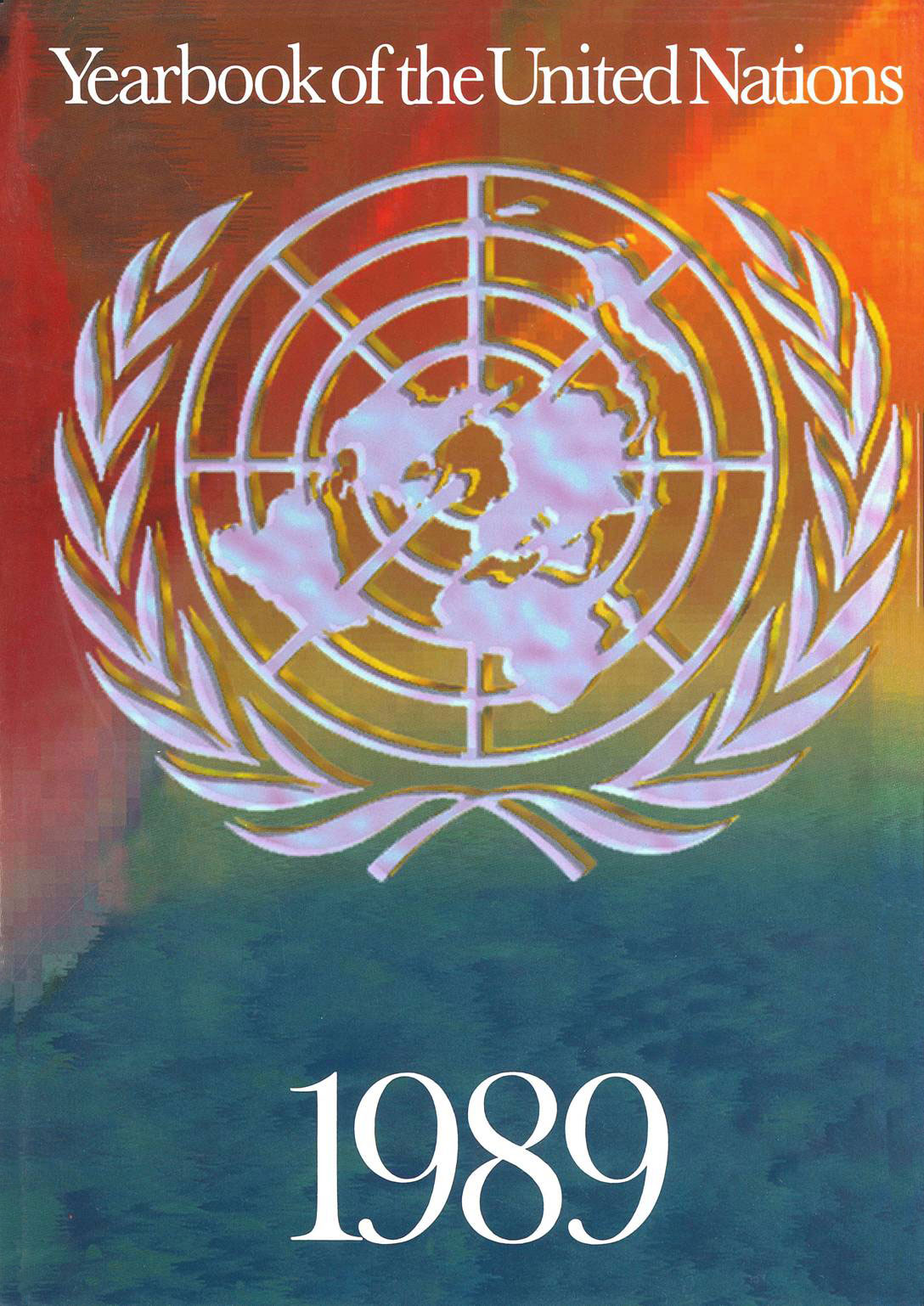Africa

- Author: United Nations
- Main Title: Yearbook of the United Nations 1989 , pp 125-161
- Publication Date: December 1989
- DOI: https://doi.org/10.18356/7ac5f9da-en
- Language: English
In 1989, a major goal for Africa remained the elimination of apartheid and a peaceful transformation of South Africa into a united, non-racial and democratic society. The anti-apartheid struggle intensified inside and outside South Africa, and the leadership of the ruling National Party changed following the resignation in August of President P. W. Botha. In September, elections were held for the racially segregated Parliament, again excluding the African majority. However, the new President, F. W. de Klerk, described the election results as a mandate for orderly reform. The African National Congress (ANA) proposed a process of constitutional change through peaceful negotiations, and, on 21 August, the Organization of African Unity (OAU) adopted the Harare Declaration on the conditions necessary for a negotiated solution to the political conflict. Towards the end of the year, President de Klerk undertook a number of liberalization measures and held discussions on the country’s political future with the still-imprisoned ANC leader, Nelson Mandela. In December, the Pan Africanist Movement was formed, and the first Conference for a Democratic Future was held, with more than 4,600 delegates attending.
-
From This Site
/content/books/9789210601740s007-c001dcterms_title,dcterms_subject,pub_keyword-contentType:Journal -contentType:Contributor -contentType:Concept -contentType:Institution105


